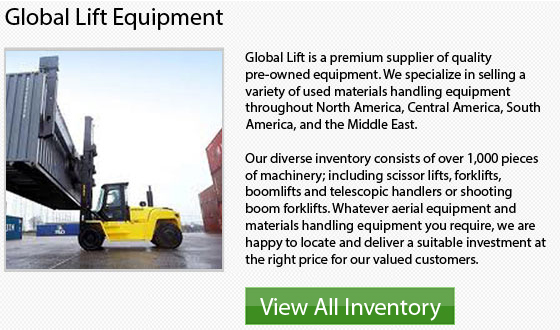
Industrial lifts have traditionally been used in production and manufacturing environments to help raise and lower materials, workers, and merchandise. The scissor lift, also called a table lift, is an industrial lift that has been modified for wholesale and retail settings.
The majority of clients, who have been in a store late at night, shopping the aisles, have almost certainly seen one, even if they did not know what it was. Basically, the scissor lift is a platform with wheels that acts like a lift truck. In a non-industrial kind of environment, the scissor lift is perfect for performing tasks that require the mobility or speed and transporting of individuals and materials above ground level.
The scissor lift is unique, able to raise employees straight up into the air. Instead, the scissor lift platform rises when the folding and linked supports under it draw together, making the machine stretch upward. When the machine is extended, the scissor lift reaches about from 6.4 to 18.8 meters or 21 to 62 feet above ground. This depends on the size of the unit and the purpose.
Rough terrain scissor lifts are usually powered by electric motors or hydraulics. It can be a bumpy ride for workers inside the lift going to the top. The design of the scissor lift keeps it from traveling with a constant velocity, as opposed to traveling faster during the middle of its journey or traveling slower with more extension.
An extremely common class of scissor lift is the RT or Rough Terrain class. Standard features of the RT models consist of increased power because of the internal combustion or IC engine. The variations come in petrol, gas, combinations or diesel. This is considered necessary to handle the increased weights and steeper grades of 18 to 22 degrees which are usually connected with this class of scissor lift.